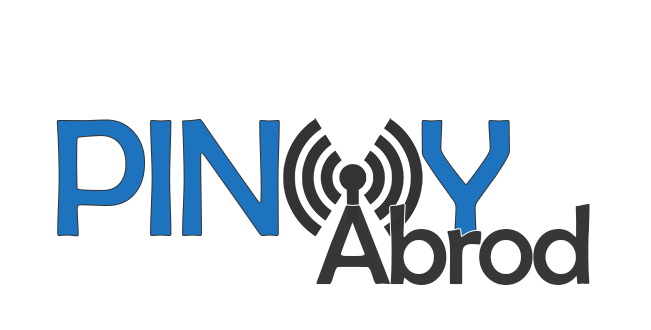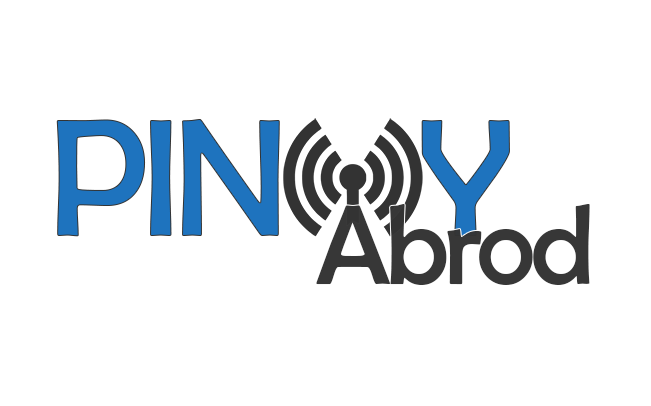One of the recent buzzes on social media was that government’s
COVID-19 response seemed to unfairly prioritize the poor. Some netizens alleged
that the poor will only use the money to buy alcoholic drinks, to get a
pedicure, or to get their hair done. Others also remarked that the poor don’t
deserve the help because it is their choice to be poor anyway.
But doesn’t the plight of the poor tell us that something is wrong
with the way things are and needs fixing? That relief for millions of
vulnerable households is still taking too long to arrive now that there is a
public health emergency bares government’s long-standing unconcern for them.
Who are the poor?
There are millions of poor Filipinos, and I doubt that many of
them chose to be that way. The breadwinners, for instance, of poor to
low-income families in Luzon that are quite vulnerable during the COVID-19
lockdown, would probably be mostly informal earners. According to IBON, they
are half the island’s labor force: vendors, shopkeepers, service workers
(including salespersons), construction workers, farmers, farm workers, fisherfolk,
pedicab, trike, jeepney and truck drivers, and transport sector mechanics,
manufacturing, and hotel and restaurant employees.
Reviewing official figures, national poverty incidence for the
full year of 2018 was at 16.6% of population. Though it is said to be a
reduction from the 23% poverty incidence in 2015, that still means some 17.6
million poor Filipinos of the total population in 2018 falling below the
poverty threshold of Php10,727 per month.
IBON considers the said 16.6% to be in extreme poverty, since the
poverty standard is too low. The monthly threshold is supposed to be 70% for
food and 30% for non-food needs (such as water, electricity, internet,
transportation, health, house rental, and education), but many contest that the
amount is barely enough. It also turns out that a lot of families don’t meet
IBON’s estimated National Capital Region family living wage (which government
stopped computing in September 2008). This is around Php1,027 per day or the
amount needed for a family of five to decently get by. About 12.4 million of
some 22 million families live on not more than Php132 per person per day.
The COVID-19 lockdown underscored the breadth of poverty in the
country. IBON counts 7.5 million poor to low-income families living on only up
to Php21,000 monthly in Luzon, and about 4.8 million lower-middle and
middle-middle- income families. Recognizing the vulnerability that the military
lockdown has put the people in, government even announced that it will give
emergency subsidies to 18 million households, or the poorest 3/4 of the
population.
Assistance though has not come for many going on the sixth week of
the enhanced community quarantine. But it’s not like the poor, lower-income and
middle class families – though in varying degrees – are only needing help now
that there’s a pandemic. Poverty has long been here. We are anxious about how
COVID-19 can cripple us all the more due to our nation’s miserable state to
begin with.
For one, a huge portion of work is temporary if not outright
irregular and low-paying. Employment is up but most of new jobs are poor
quality. For instance, in the January 2020 Labor Force Survey, part-time work
increased by 2.3 million, surpassing the 1.6 million jobs created in the same
period. This has been rooted in the absence of strong agriculture and
manufacturing industries that can generate decent-paying and secure work.
Not just about the income
According to the United Nations, “Poverty entails more than
the lack of income and productive resources to ensure sustainable livelihoods.
Its manifestations include hunger and malnutrition, limited access to education
and other basic services, social discrimination and exclusion, as well as the
lack of participation in decision-making.”
It is not only during the coronavirus lockdown that we are seeing
poor and low-income families who are the most at risk of hunger or illness.
Long before COVID-19, they have been earning too little to be able to save.
People’s access to their basic needs regardless of income have also long been
undermined by the commercialization of services and utilities. Data on
children’s nutrition, and access to health, education, housing, and water and
sanitation show how higher income levels have greater access to these
essentials compared to the poor and lower-income families.
The Food and Nutrition Research Institute reported that 53.9% of
households are food insecure as of 2018. Additionally, the percentage of
children aged 6-10 years old that experienced wasting, stunting, and being
underweight in the same year was at 7.6%, 24.5%, and 25%, respectively.
Meanwhile, according to the 2017 National Demographic and Health
Survey (NDHS), only 68% of the household population had some form of health
insurance coverage. The average cost of private facilities’ health care
(Php33,191) was almost triple that of public facilities (Php11,627).
Department of Education figures show that in 2018, net enrolment
compared to school-age population was 76.5% in kindergarten, 94.1% in
elementary, going down to 81.4% in junior high school, and lower at 51.2% in
senior high. Government think-tank Philippine Institute for Development Studies
(PIDS)’ discussion paper titled “Profile and Determinants of the Middle-Income
Class in the Philippines” cites the 2017 Annual Poverty Indicators Survey
(APIS) in showing that among the poor, lower income and lower middle-income
families, only 1 percent, 3 percent, and 12 percent, respectively, attend
private and public schools. Meanwhile, among the “middle” middle, upper middle,
upper and rich income classes, 42 percent, 61 percent, 63 percent, and 51
percent, respectively, attend private and public schools.
The PIDS paper likewise notes that nationwide, 18% of poor
households, 40% from the lower income, and 31% from the lower income, are
informal settlers. Of the upper and rich income classes, meanwhile, 88% have
their own or owner-like possession of housing units.
As for electricity, 73% of the poor on one hand, and 100% of the
upper income and rich classes on the other hand, have access.
With regard to water services, only 25% of the low-income group
source their water supply from their own faucets or community water system. The
proportion of the middle income group availing the same is at 62.7%, while it
is 85% for the high income group. The rest of low-income households have to get
water from shared community water systems, deep, shallow, and dug wells,
protected and unprotected water bodies, and peddlers. The 2017 NDHS also
reports that sanitation for 22.5% of households is still unimproved.
Economy, governance for whom?
The situation of the people indicates whether government and the
economy is working for them as expected. Currently, it is clearly working for
the wealthiest: the richest 5% of Filipino families account for one fourth of
total family income in the country, equivalent to the combined income of the
poorest 53 percent.
That governance and the economy work for the many is as much the
concern of the middle class as it is of the more marginalized low-income or
poor. Are our production sectors independent, in good health, and enabling
decent jobs and incomes? Is development pursued in harmony with the
environment? Is everybody getting their taxes’ worth with ample available food,
people-oriented and national development-geared education and health care, and
sufficient, quality and affordable public utilities? Are taxes progressively
sourced, obliging the wealthy to shell out more than those who are not? And is
there freedom of information, of speech, of assembly, of religion, and are the
people able to participate in decision making? Are people’s proposals for
solutions and alternatives heeded? “Yes” would be the answer to these questions
if People Economics were pursued.
Make it for the many
A relative recently remarked that the difference between citizens
and nations having it better in the time of COVID-19 is the leadership’s
attitude towards its people. For example, in Vietnam, health systems are
augmented, COVID-19 cases are minimized and spread is arrested, quarantines are
effective, and assistance to the vulnerable is delivered. Observers say that
Vietnam and some of Metro Manila local government units (LGUs) have the
aforementioned in common. Unfortunately,
we haven’t seen these with the national government nor even with my own
municipality (zero social amelioration program noted so far, I hope we’re just
behind in the news). Having a decisive leadership – that consults with experts,
makes a comprehensive plan and musters resources despite the odds for expedient
action – can immediately benefit the public. This is the kind of leadership
that relies on both the constituents’ discipline and compassion towards one
another to work out solutions.
In contrast, government insists on military-led containment and
repeatedly says that they’ve got it: health response is on track, help for the
vulnerable is on its way, and the economy started strong so it can quickly
recover. Sadly, government wants to do things the old way, emergency or not
apparently. It is that old way that has that kept the majority of us poor, made
the super-rich richer, and the economy hollow and unable to stand on its own.
It can start changing those old ways by letting all concerned citizens – regardless of class – contribute into the various bright albeit painstaking work of our health and other sector frontliners, and initiatives of civil society. These include even lockdown-challenged farmers, workers’, women and youth groups delivering services of all sorts where needed. They have relentlessly pushed for new ways to help, pandemic or not.



